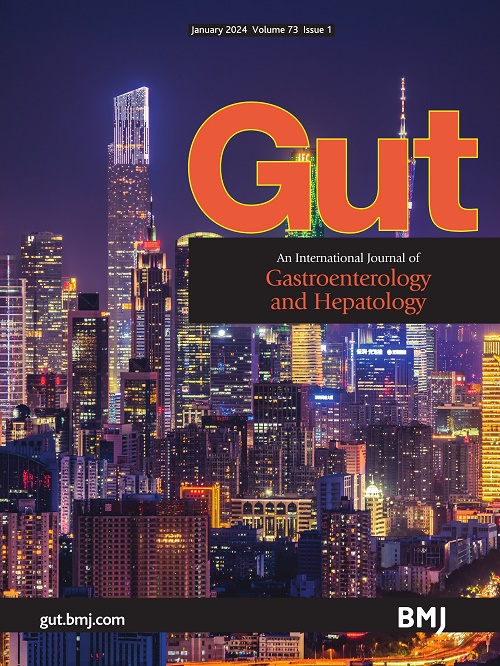Non-invasive tests of fibrosis in the management of MASLD: revolutionising diagnosis, progression and regression monitoring
IF 25.8
1区 医学
Q1 GASTROENTEROLOGY & HEPATOLOGY
引用次数: 0
Abstract
With the recent conditional approval of resmetirom by the US Food and Drug Administration, the treatment of metabolic dysfunction-associated steatotic liver disease (MASLD) has potentially entered a new era, requiring a comprehensive understanding of the strengths and weaknesses of non-invasive tests (NITs) for diagnosing and monitoring MASLD-related fibrosis. This article focuses on F2/F3 liver fibrosis and summarises the current application status of NITs, including serum biomarkers, imaging methods and their combined use in the management of MASLD. The article highlights the application of NITs in several areas, including diagnosis and baseline stratification, monitoring progression of fibrosis, prediction of liver-related clinical events, as well as assessment of disease regression, remission and long-term liver-related outcomes. Furthermore, we compare the advantages and limitations of NITs and propose practical strategies for integrating them into clinical practice. Additionally, we highlight the main challenges currently faced in the application of these NITs and potential future research avenues. We suggest that future studies prioritise the validation of NITs across diverse ethnic populations. We believe it essential to explore the role of NITs in dynamic monitoring and integration of multiomics technologies, artificial intelligence and personalised risk models to improve diagnostic accuracy and treatment planning.非侵入性纤维化检测在MASLD治疗中的应用:革命性的诊断、进展和消退监测
随着remetirom最近获得美国食品和药物管理局的有条件批准,代谢功能障碍相关脂肪变性肝病(MASLD)的治疗可能进入了一个新时代,需要全面了解用于诊断和监测MASLD相关纤维化的非侵入性测试(nit)的优缺点。本文以F2/F3肝纤维化为重点,综述了nit的应用现状,包括血清生物标志物、影像学方法及其在MASLD治疗中的联合应用。这篇文章强调了nit在几个领域的应用,包括诊断和基线分层、监测纤维化进展、预测肝脏相关临床事件,以及评估疾病消退、缓解和长期肝脏相关结局。此外,我们比较了nit的优点和局限性,并提出了将其整合到临床实践中的实用策略。此外,我们强调了目前在这些nit应用中面临的主要挑战和潜在的未来研究途径。我们建议未来的研究优先考虑在不同种族人群中验证nit。我们认为,有必要探索nit在动态监测中的作用,并将多组学技术、人工智能和个性化风险模型相结合,以提高诊断准确性和治疗计划。
本文章由计算机程序翻译,如有差异,请以英文原文为准。
求助全文
约1分钟内获得全文
求助全文
来源期刊

Gut
医学-胃肠肝病学
CiteScore
45.70
自引率
2.40%
发文量
284
审稿时长
1.5 months
期刊介绍:
Gut is a renowned international journal specializing in gastroenterology and hepatology, known for its high-quality clinical research covering the alimentary tract, liver, biliary tree, and pancreas. It offers authoritative and current coverage across all aspects of gastroenterology and hepatology, featuring articles on emerging disease mechanisms and innovative diagnostic and therapeutic approaches authored by leading experts.
As the flagship journal of BMJ's gastroenterology portfolio, Gut is accompanied by two companion journals: Frontline Gastroenterology, focusing on education and practice-oriented papers, and BMJ Open Gastroenterology for open access original research.
 求助内容:
求助内容: 应助结果提醒方式:
应助结果提醒方式:


